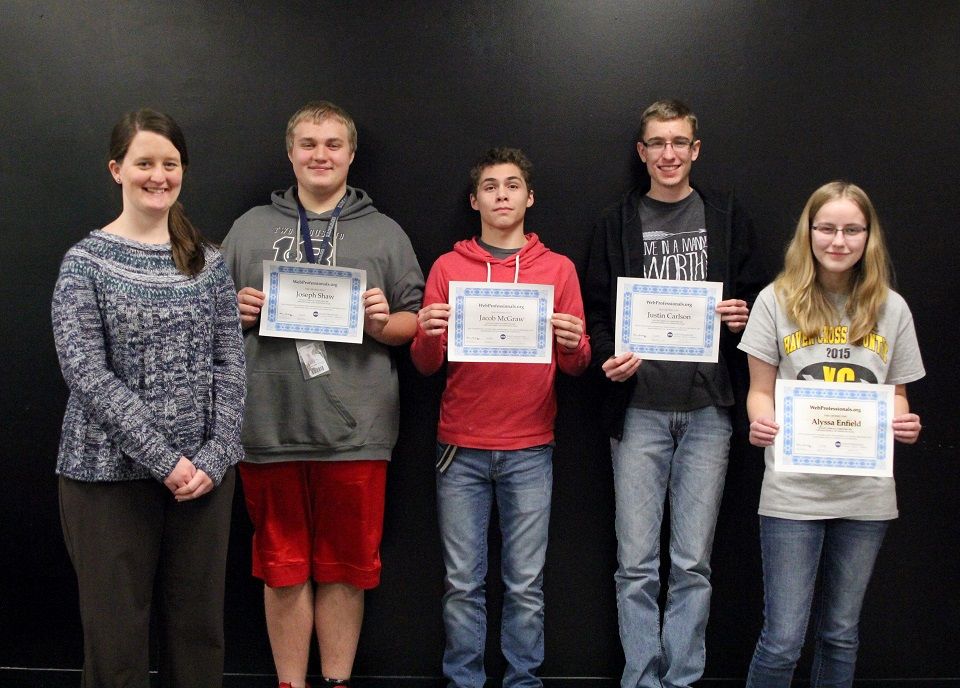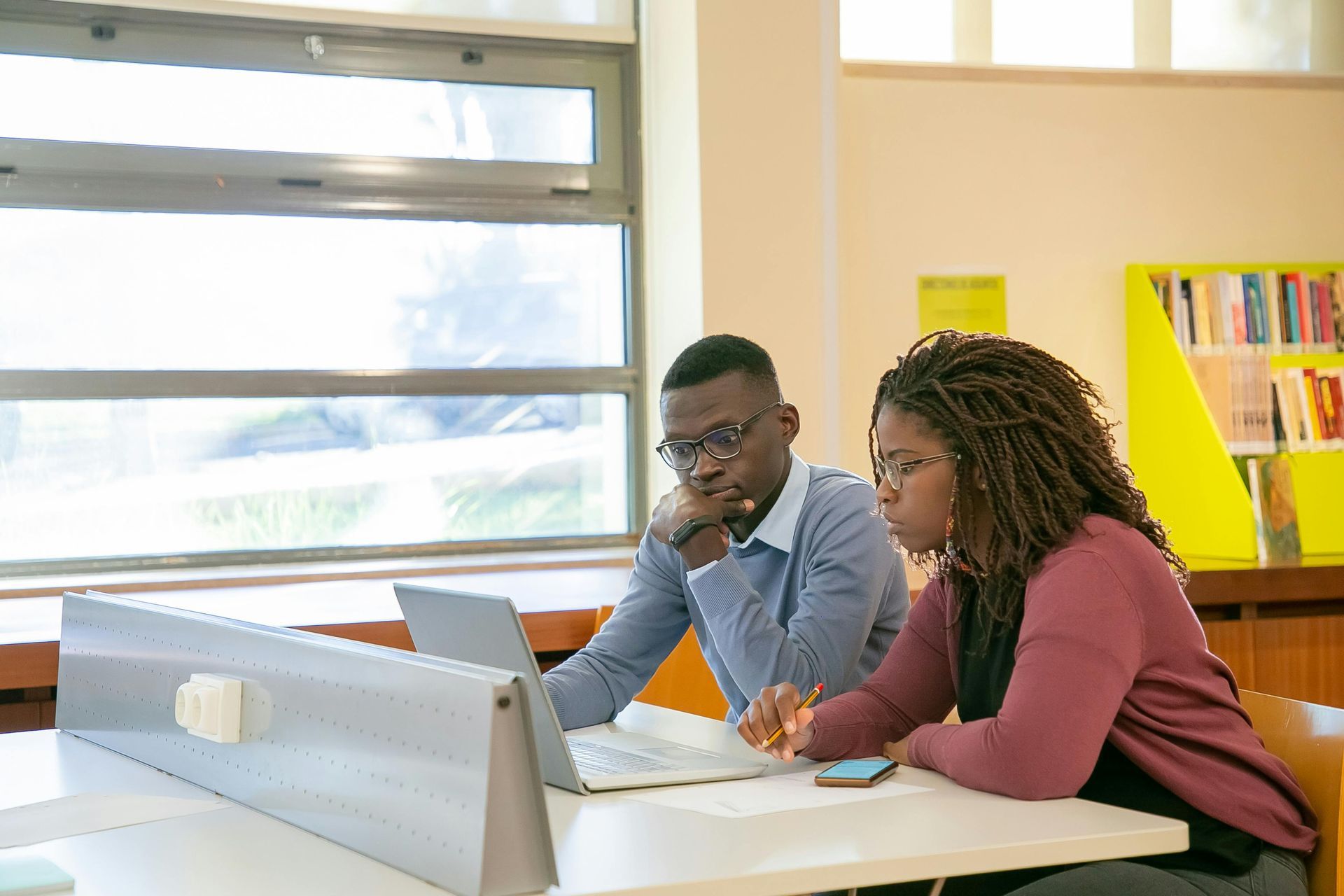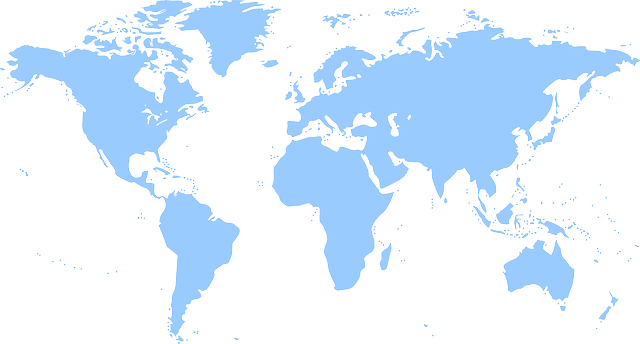Blog
Awards announced for the STEAM STEM career competition – Future App Game Designer Challenge 2014 – Victor Valley High School Students Get Top Honors in High School Edutainment Games Division.
FOR MORE INFORMATION
Steve Waddell
CTe Learning / Support Learning Foundation
Awards announced for the STEAM STEM career competition – Future App Game Designer Challenge 2014 – Victor Valley High School Students Get Top Honors in High School Edutainment Games Division.
Olathe Kansas May 30, 2014 – The Support Learning Foundation (SLF) announced the High School Division winners of the 8th Annual Future App Game Designer Challenge, a competition for middle and high school students to create the next generation of mobile apps and edutainment games.
STEM student teams from Victor Valley High School’s Video Game Design took 1 st and 2nd Places in the High School Edutainment Division. This is the third year in a row that Victor Valley High School has won first place in the High School Division.
Steve Waddell founder of I Support Learning, Inc and the creator of the competition contacted Denise Roderick with the good news this morning.
2014 saw competitors from all over the US. Middle and High school students created a wide array of engaging games to teach students a variety of topics.
This year’s High School games fell into 4 main topics Math, Language, History and Science. All of these games had three main things in common.
The first is that they are fun to play. Secondly, they engage learners in active learning, and third , they support state learning standards.
“We know that STEAM / STEM careers require creativity and we want students to be recognized for being creative.” commented Steve Waddell , the foundation’s founder . “Our challengers are told that the first thing you have to worry about in getting a student to learn is to get them engaged.
So, our competition has these STEM students creating games that draw the players in, get them hooked and engaged and then use the opportunity to have the player interact with the concepts and, of course, learn. Also, as this is our 8 th year we had to do something new and so we announced this year the addition of our mobile apps divisions.
This was the announcement year and next year we’ll see our first competitors in these new divisions. Along with the new division came a name change for our competition. We are now the Future App Game Designer Challenge. www.futureappgame.com “
Denise’s class submitted 2 games this year and they were both terrific. Distance was quite impressive for the animated robot and dynamic environment and challenging game play. The Temple showed the team’s skills at 3D modelling and level design.
“Both games submitted were excellent and arguably either could have won the competition this year. But we have to pick a 1 st place”, spoke Donna Goodman who helped with the judging. “I am very proud of all of Denise’s students. She has a great STEAM STEM program at VVHS and year after year they keep submitting terrific games.”
Victor Valley High School Team National Rankings
High School Edutainment Division
First Place – Distance
By Daniel Acala, Eric Resendiz, Malik Ludden
Second Place – The Temple
By Miguel Angel Rios, Christian Enrique Molina, Jesus Omar Lopez
“This is a big part of our second semester and my students take creating their video games very seriously. This is as real world as we can make it in the classroom.
I am proud of how my students dig in and solve problems, learn new skills and bring it all together with games that just blow me away.” said Denise Roderick, “My students keep showing the rest of the world how creative high school students can be if you support them and create the right environment for them to excel.
I am so very fortunate with how supportive my administration is here at my school and my district. It shows that we are all about getting our students to be college and career ready. What can I say? – I love my job and my students make me so incredibly proud.”
“Denise keeps winning and now she is becoming the school to beat. Her students obviously enjoy her class and the quality of the games shows that they are getting a great experience at Victor Valley,” continues Steve Waddell. “Our judges and I enjoyed the games Denise’s school submitted.
I do want to give a special shout out to the Distance Team for one of the most dynamic games we have seen to date. The second place team (The Temple Game) was nipping at the heels of the Distance team.
All of this just has to help everyone to realize the power of having games created by students for students. It is what our competition is all about – learners as creators”
As part of the competition students had to turn in a developer’s log, document their code, show how their game helped meet state and national learning standards, and create marketing materials like posters, dvd cases, and dvd labels.
They had to create an engaging storyline and then make the game and game play support the story concept. All this while making sure their games had real educational value. Steve Waddell, the founder of I Support Learning, Inc. and one of the judges stated, “One purpose to this competition is to get students to take responsibility to help the next generation.
It is why our competition is about creating edutainment games. It is fun to see what happens when you give students the keys to the car, so to speak, and let them drive the game to whatever destination they choose.”
The students learned their game design skills through an innovative STEM career simulation curriculum created by CTe Learning.
Denise Roderick uses the Video Game Design course as a way to introduce students to programming via a highly interactive career simulation that makes learning math, language, science, technology and 21 st century skills very engaging to the digital native.
To the learner, the course is an interactive, role-play game that looks and feels like a real, high-tech internship. Students come into the class with little or no programming skills and leave with their own 3D video game. Victor Valley High School has been using the CTeLearning.com Video Game Design career-themed course since 2007.
“We were very fortunate in our sponsorship team this year. We have a number of other sponsors including Web Professionals Organization, The Engineering, Computer Science and Technology Department at Cal State LA , CTe Learning, Et Tu Create LLC. and I Support Learning, Inc.
About The Support Learning Foundation
SLF ( www.supportlearningfoundation.org ) The Support Learning Foundation believes that education – if encouraged and provided – can allow individuals to achieve their dreams and maximize their potential. Therefore, the Support Learning Foundation is committed to creating change by providing research, development, and deployment of innovative methodologies and technologies. SLF was founded by I Support Learning, Inc, owner Steve Waddell in 2007.
About CTeLearning
CTeLearning.com / I Support Learning, Inc. is an educational curriculum designer and publisher specializing in online and blended learning courses, career themed courses and career simulations that fulfill STEM and STEAM Career, Science, Technology, Engineering Arts and Mathematics standards. Many STEM courses with industry certifications. CTeL courses include Mobile Application Design, Coding and Video Game Design, Animation, Building Green, and Web Development. CTeLearning’s innovative STEM and STEAM products are in secondary and post secondary education schools around the world.
Share To
Get in touch with us today!
You can book a demo directly using Calendly, call us directly at 913-764-4272 or 877-828-1216, or submit the form and we will reach out to you.
We look forward to helping you and your students.

Most Recent Posts




